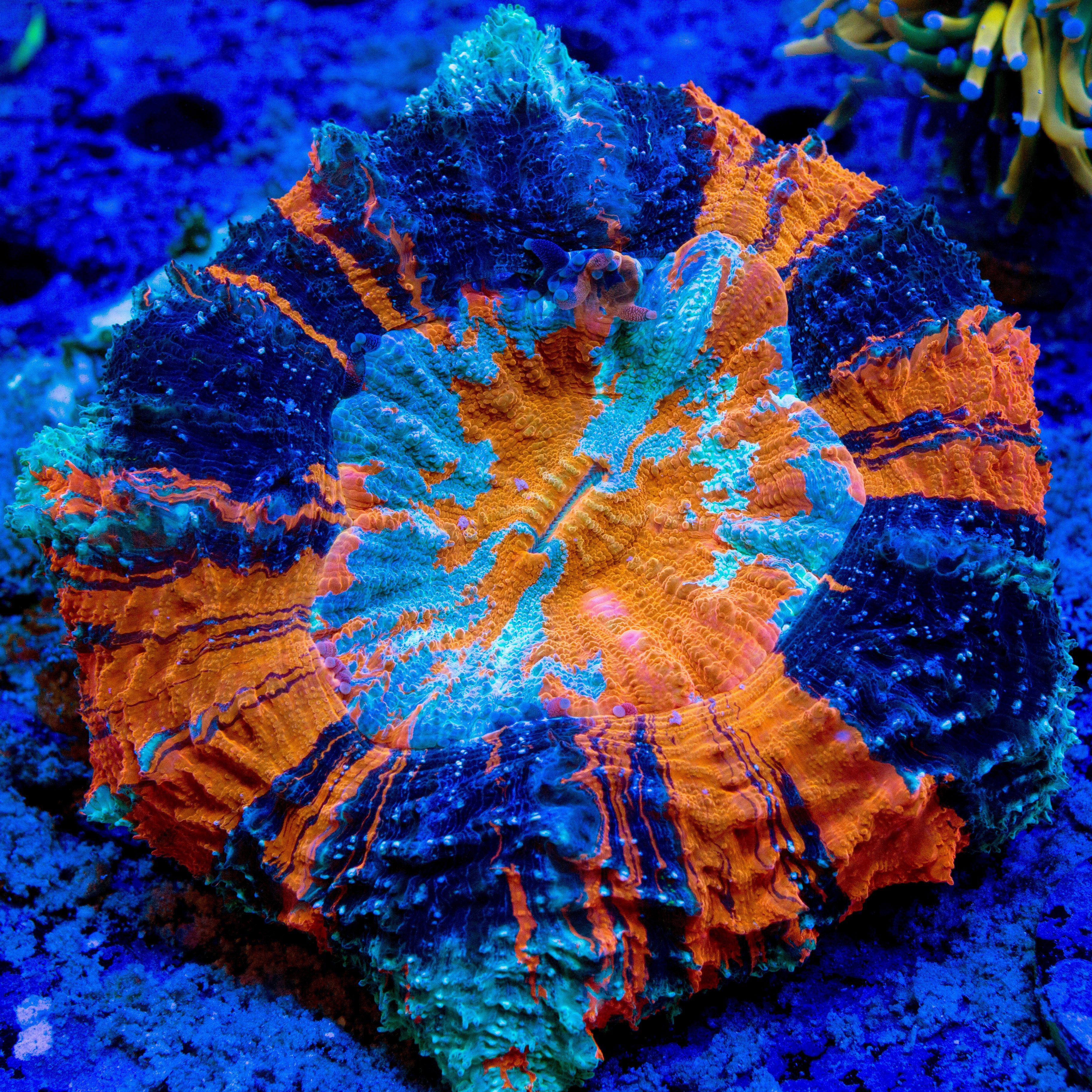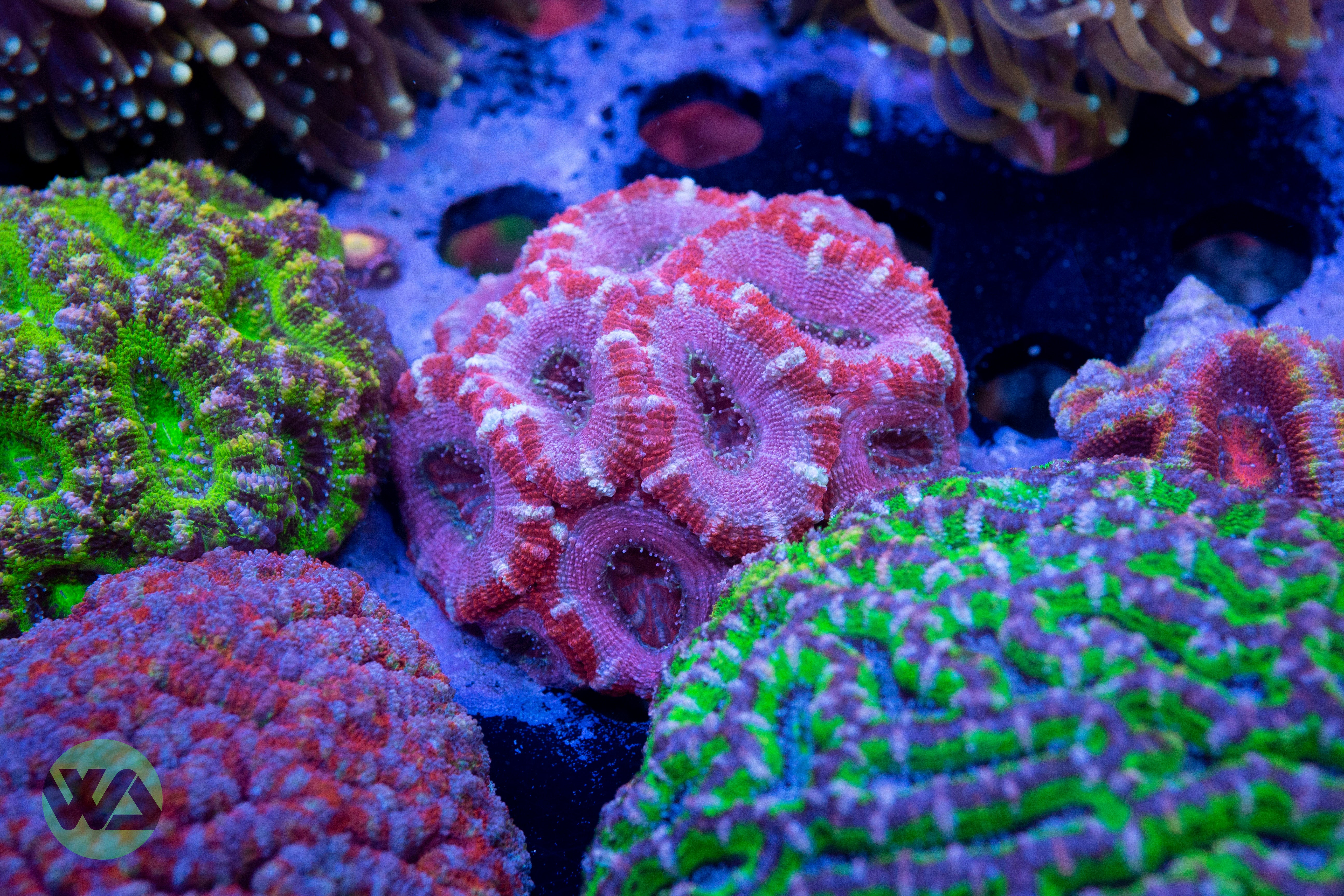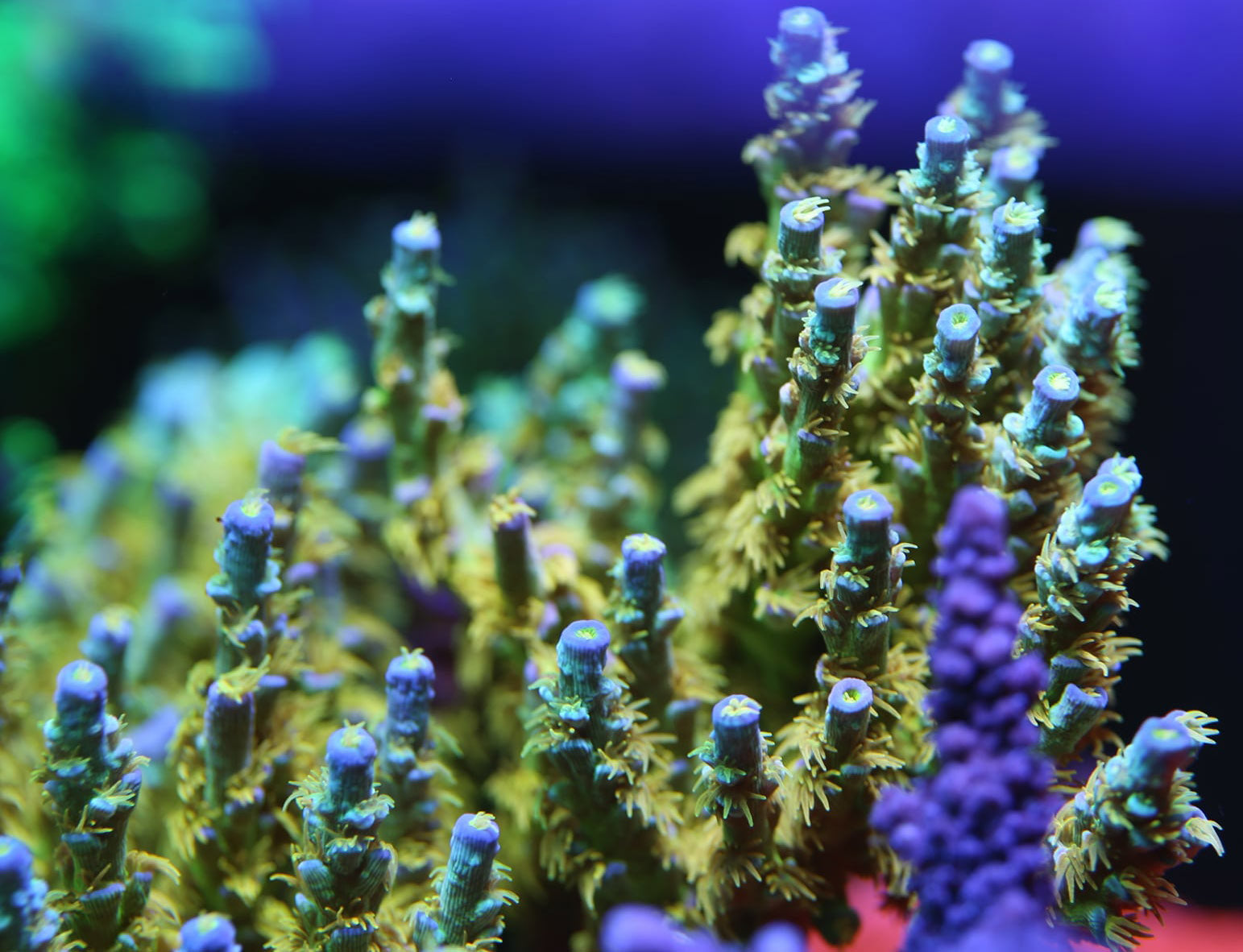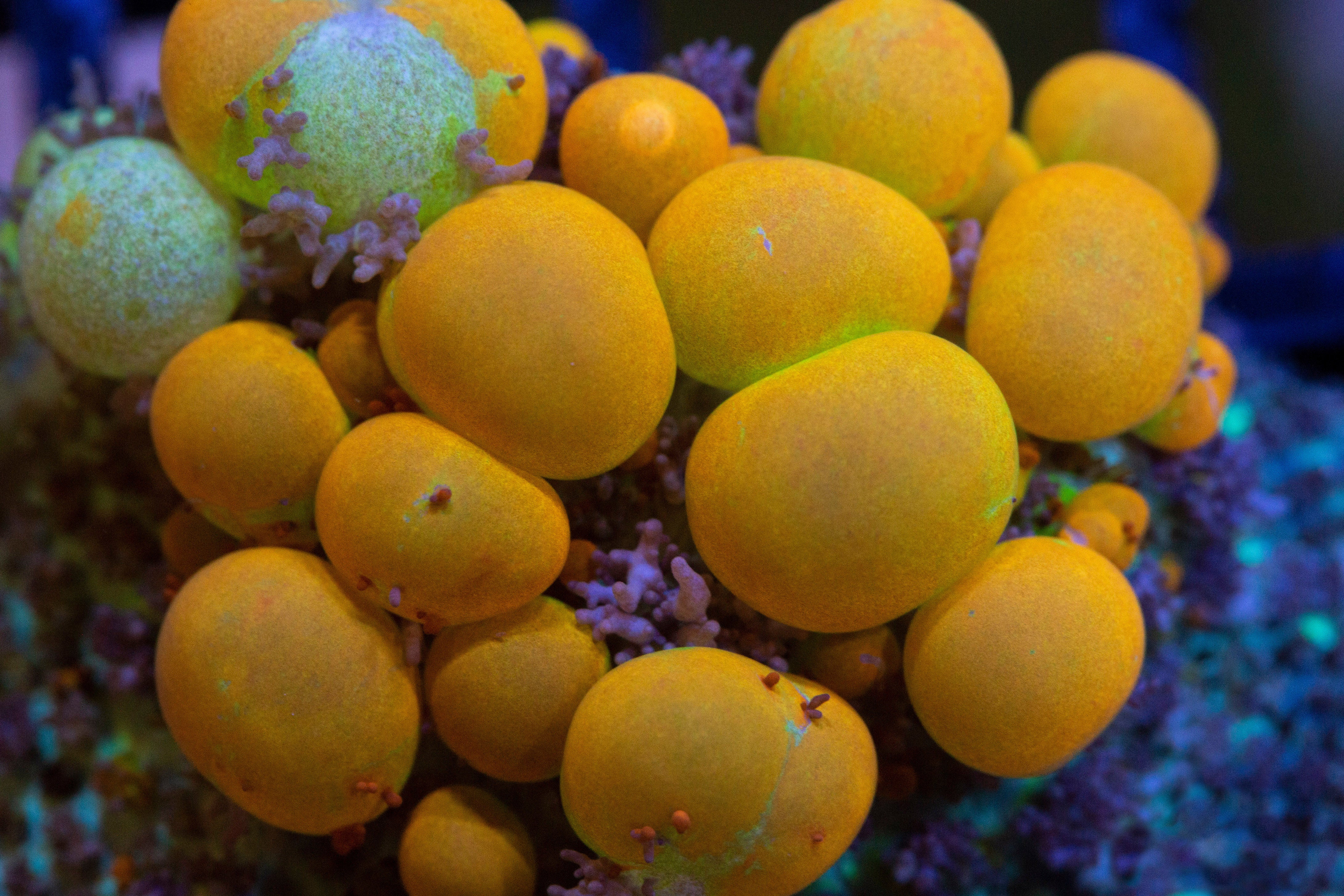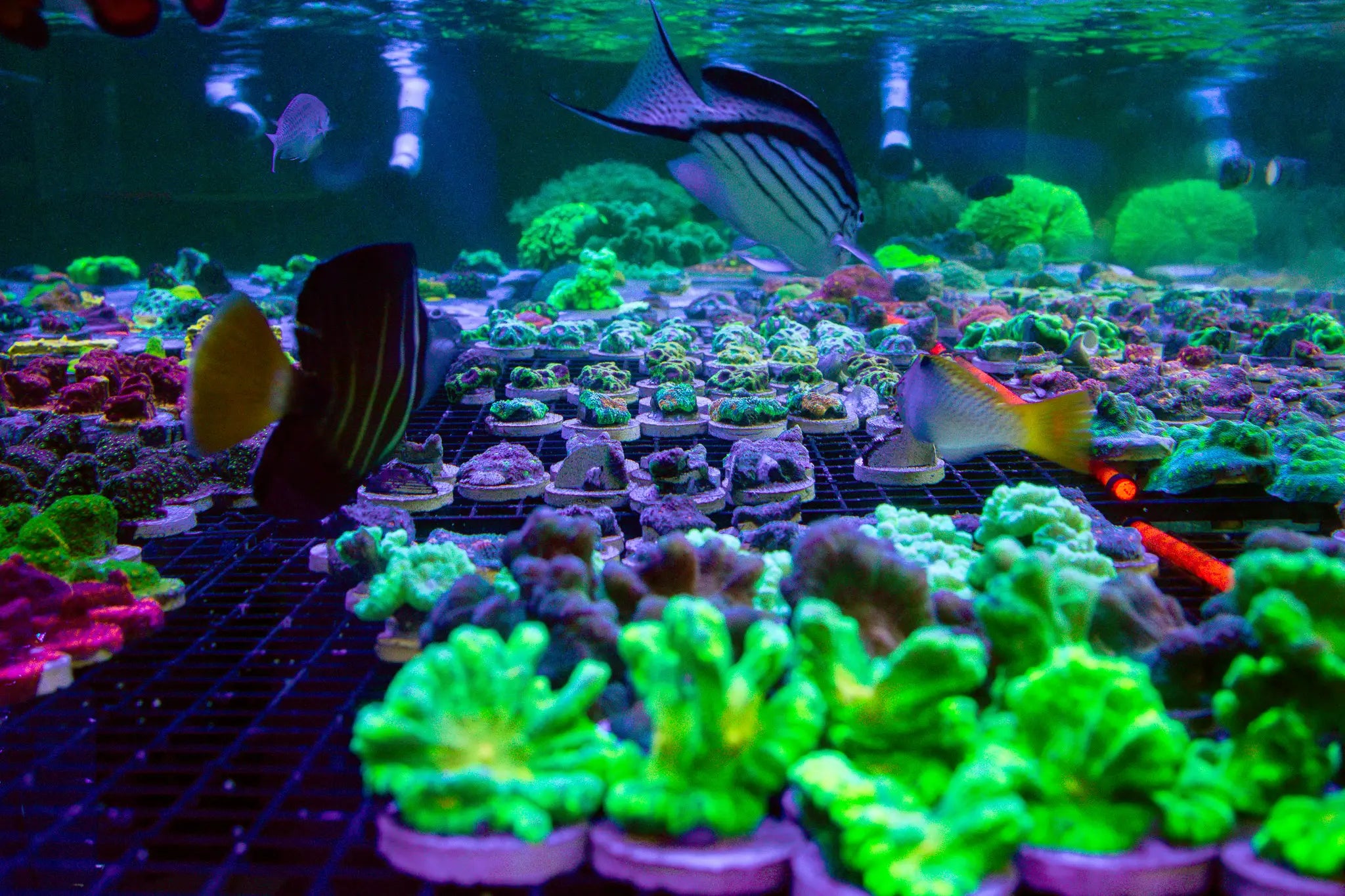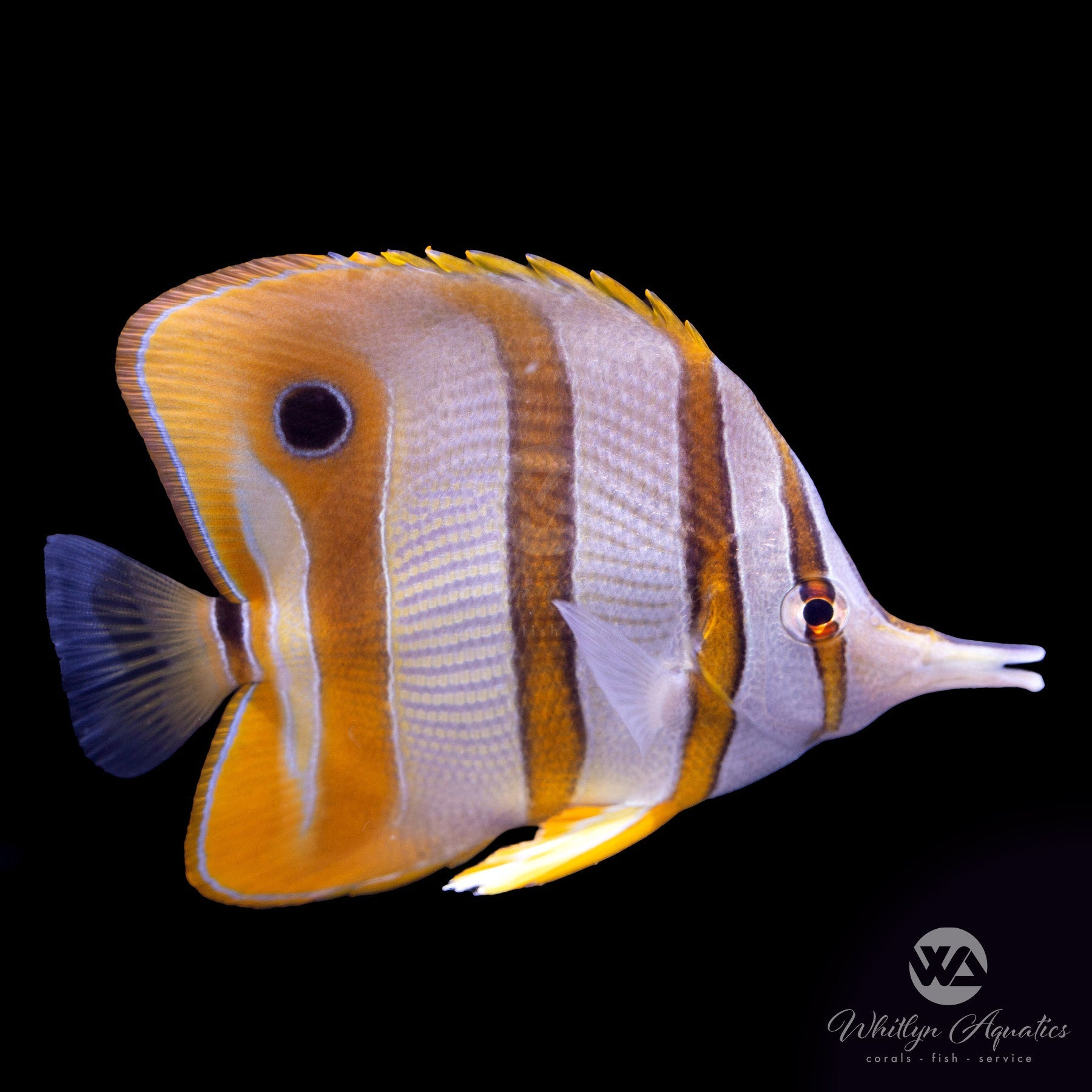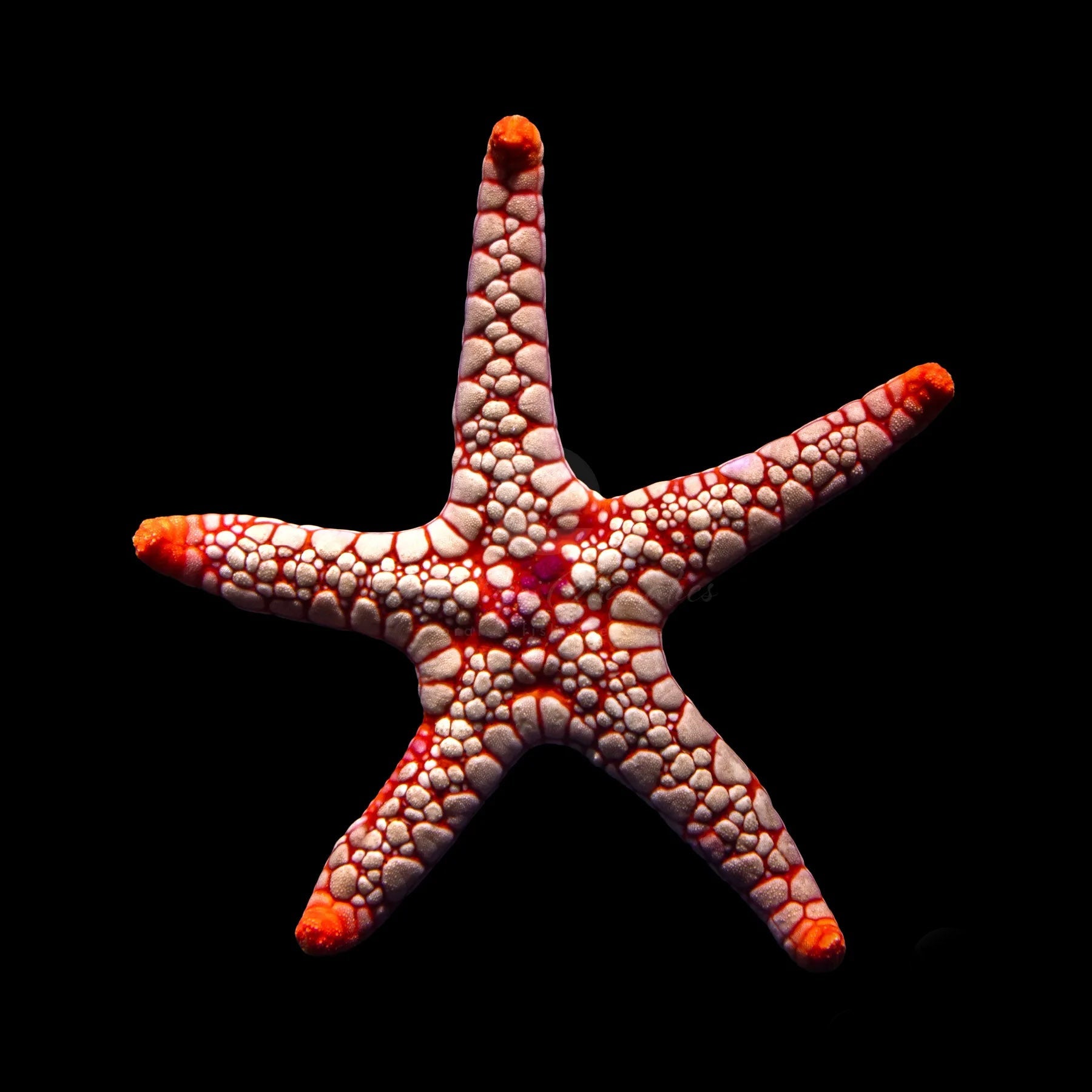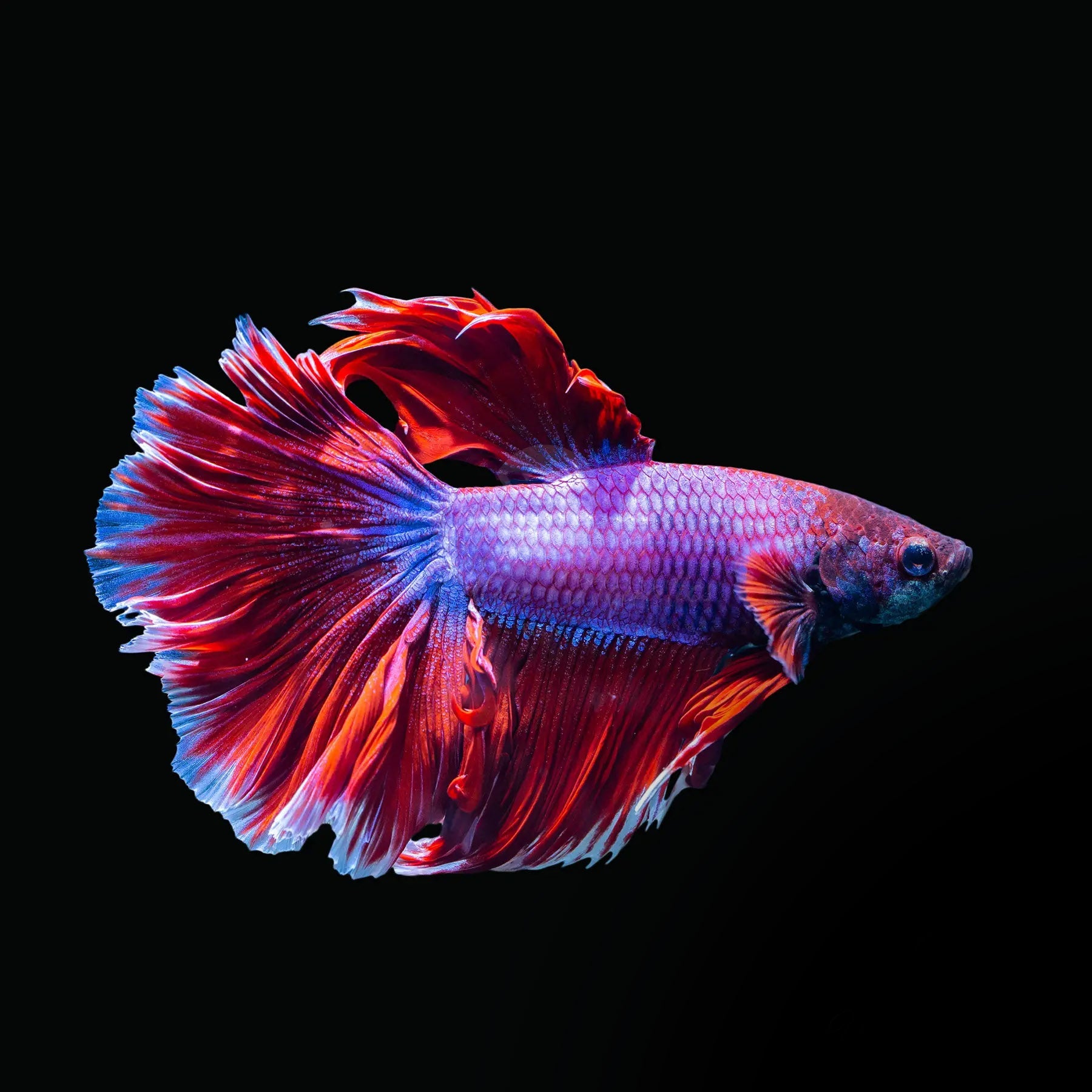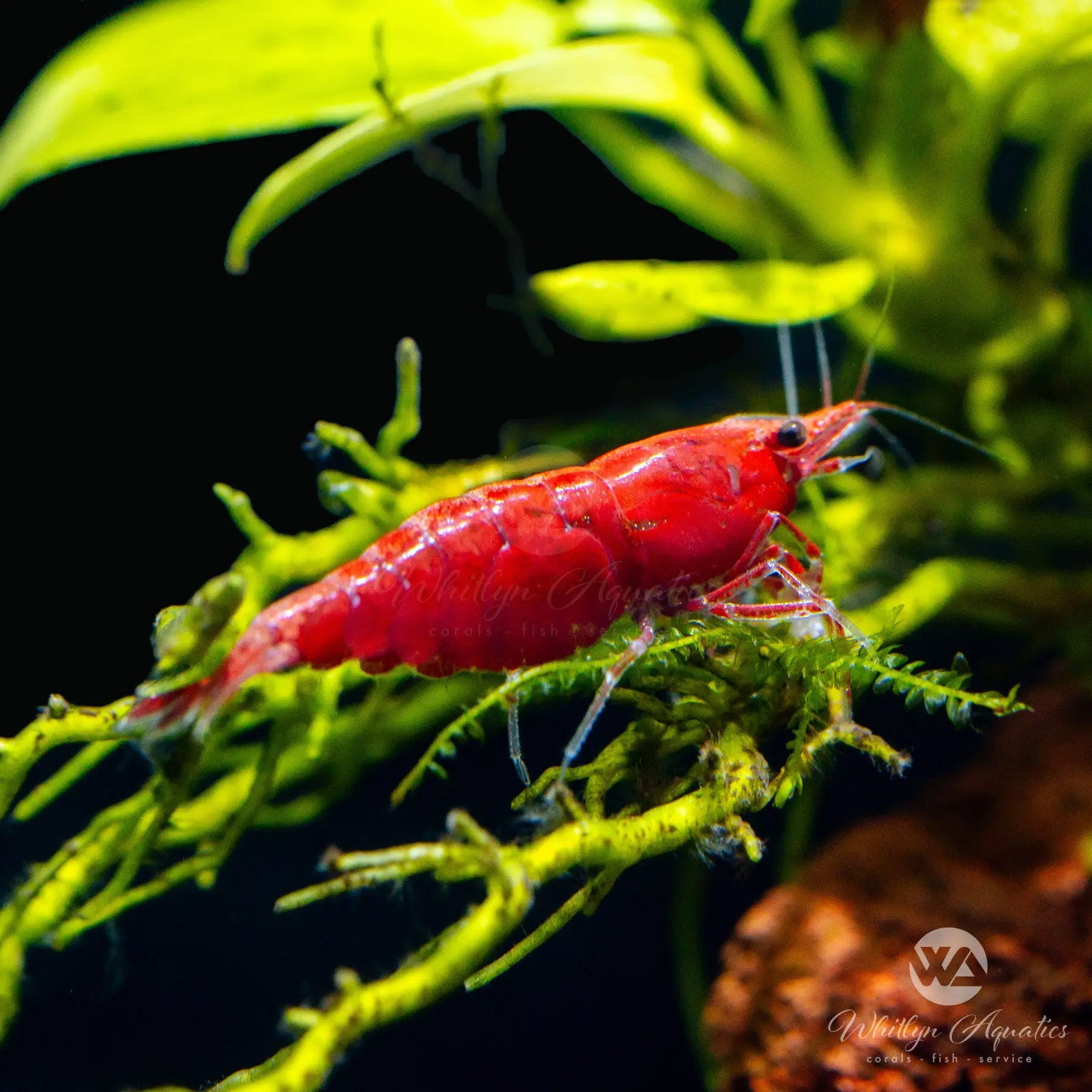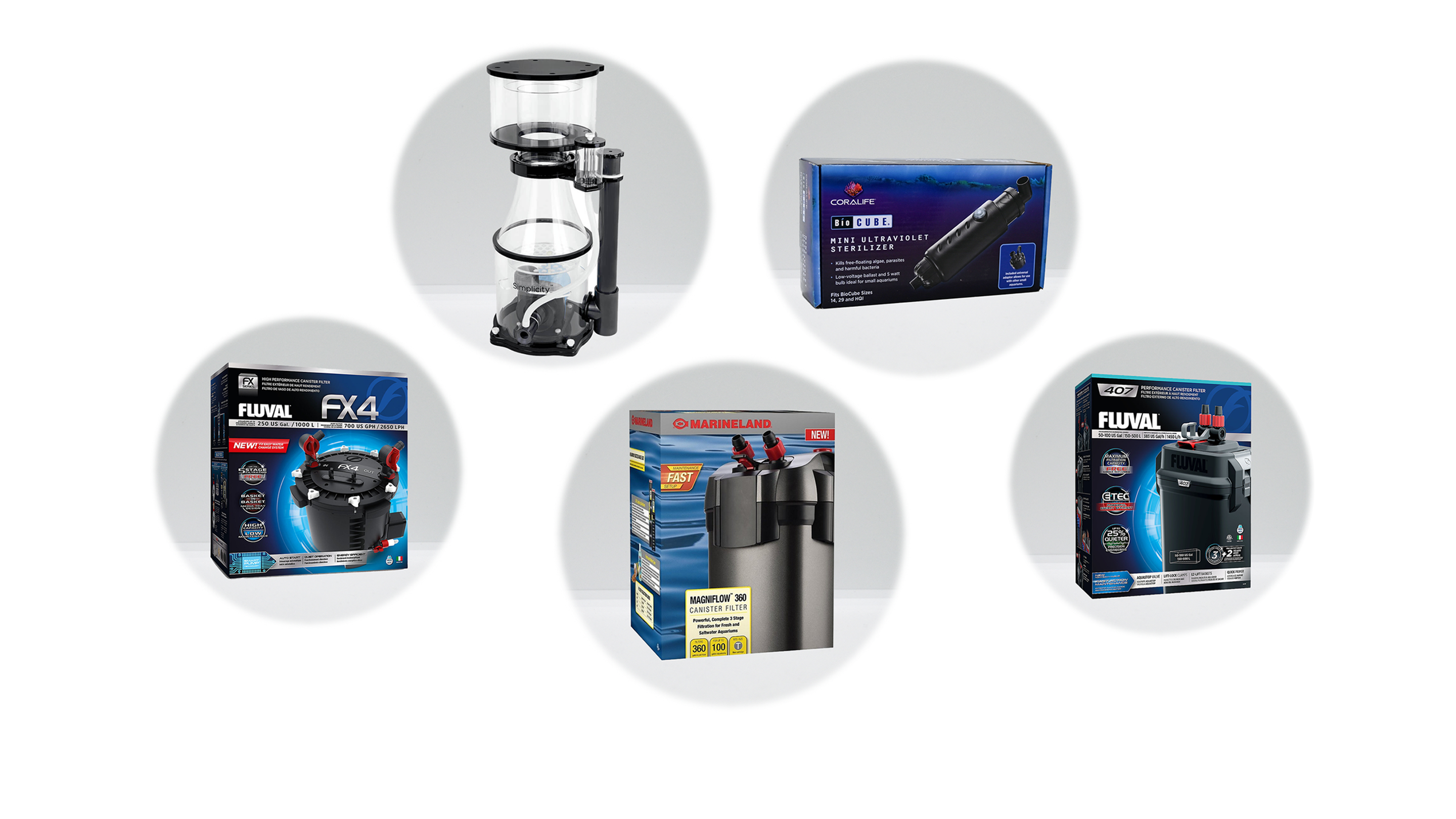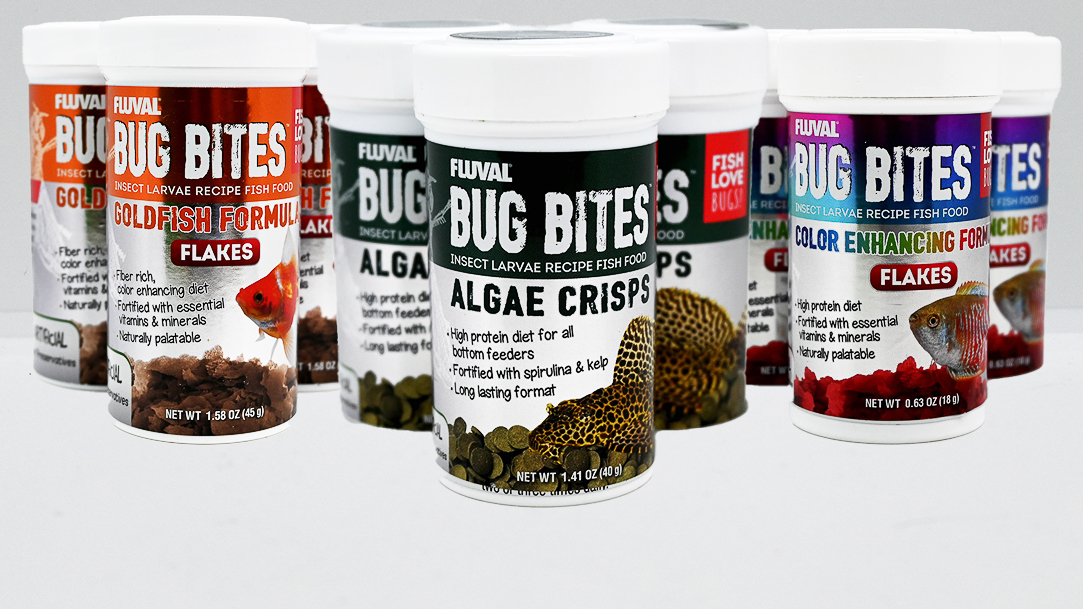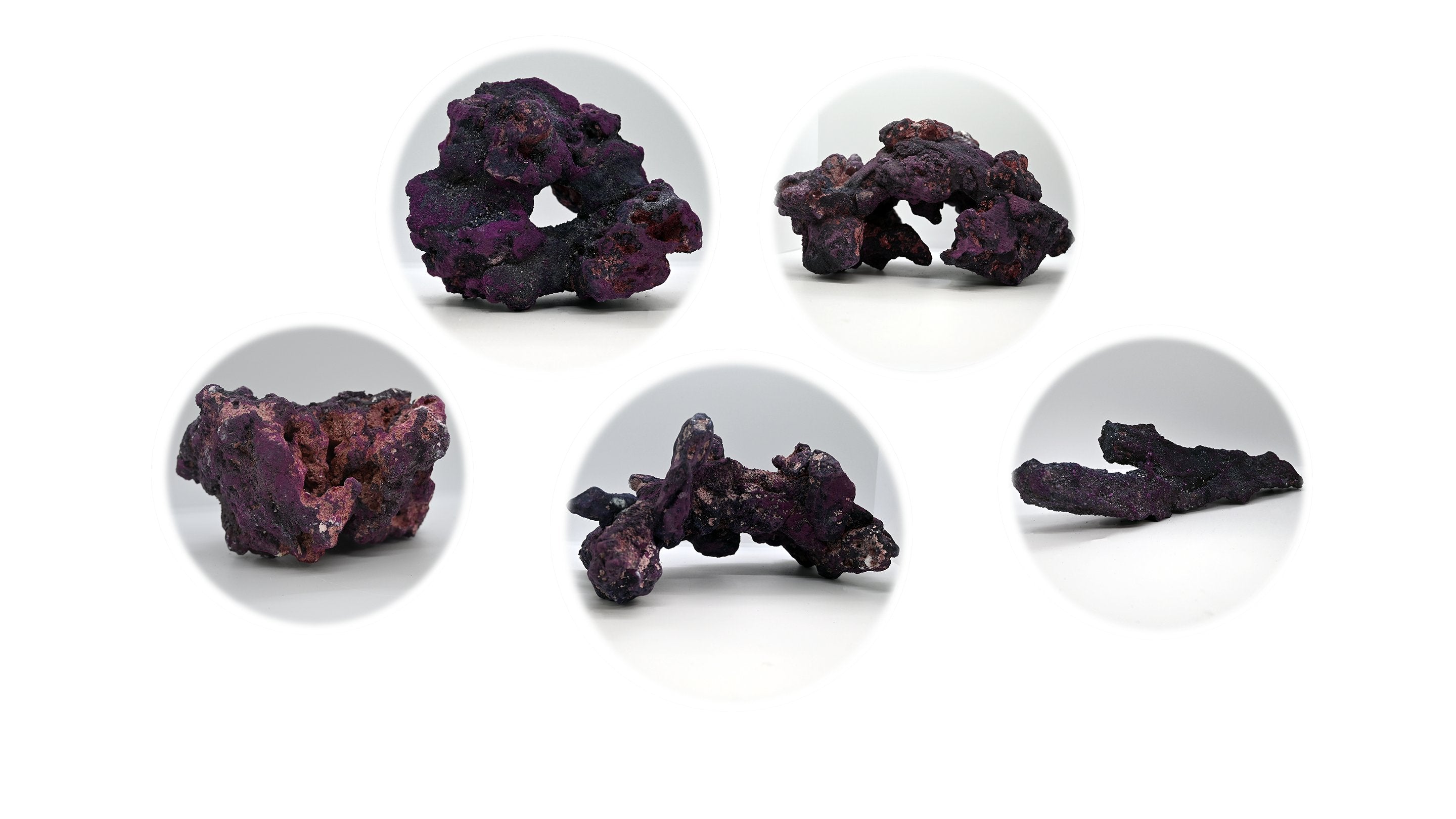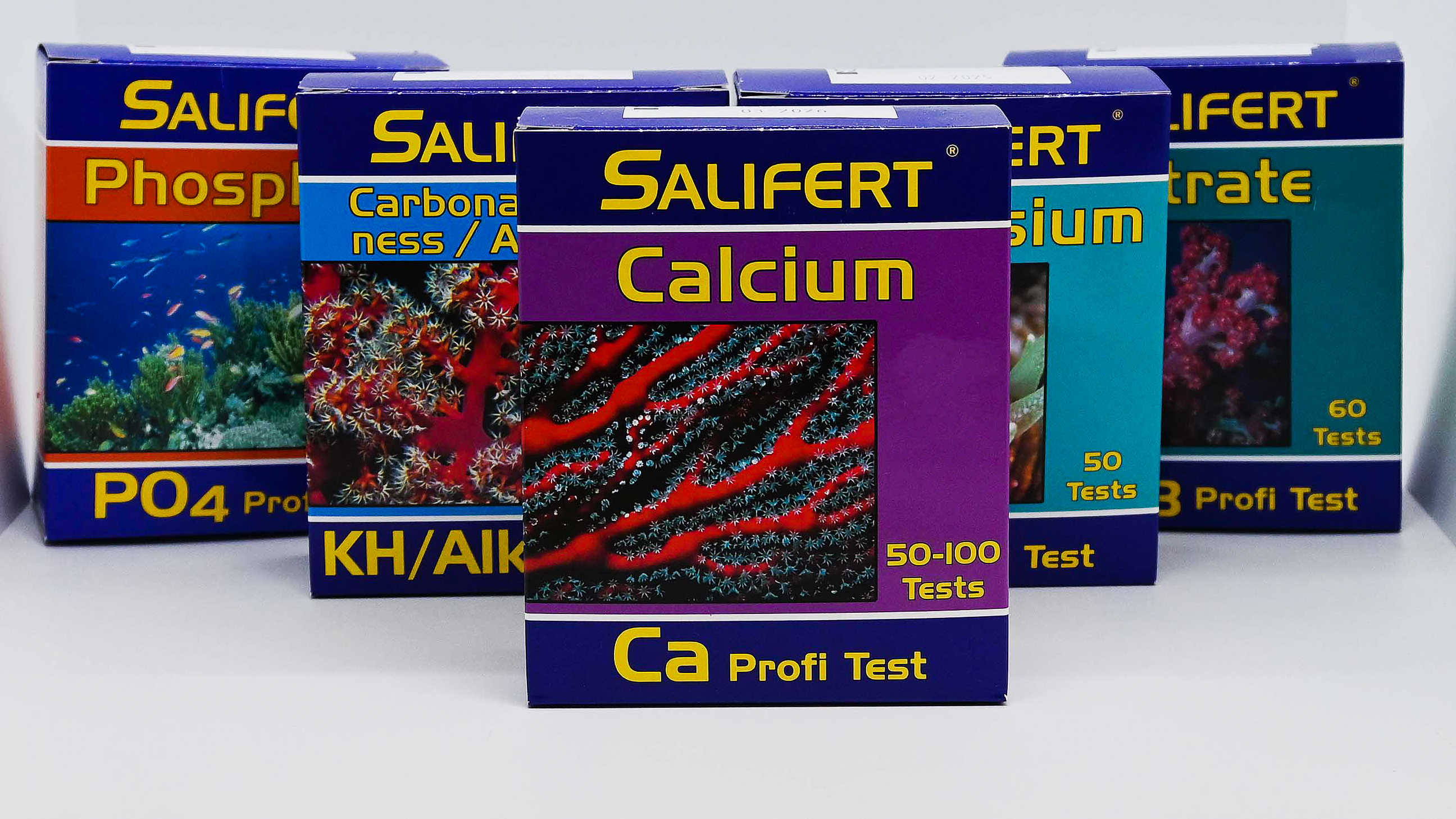
WA Grape Supreme Favia
- Low stock - 3 items left
- Backordered, shipping soon
The WA Grape Supreme Favia showcases pale purple mouths surrounded by deep purple, then ringed with a lime green exterior for a striking contrast. This Favia is a standout addition to any reef, perfect for collectors looking to add a bold, colorful centerpiece.
Favia and Goniastrea corals are colorful large polyp stony (LPS) corals valued for their unique textures and bold polyp structures. These hardy corals are slow-growing encrusters that bring eye-catching patterns and dimension to reef aquariums. With moderate lighting, gentle flow, and occasional feeding, both genera thrive and display their vibrant colors.
Description
Common Names: Favia Coral, Goniastrea Coral, Favites, Dipsastraea, Coelastrea, Brain Coral
Scientific Name: Favites, Dipsastraea, Goniastrea, Coelastrea
Family: Faviidae
Temperament: Aggressive
Difficulty: Moderate
Naming Controversy
Much like with acans, the favia available in the hobby have been reclassified into several different species, with the only true favia existing the the Caribbean.
Native Habitat & Distribution
Found throughout the Indo-Pacific on reef slopes and lagoon areas with low to moderate water flow.
Aquarium Care & Setup
Temperature: 74–80°F (23–27°C)
pH: 8.1–8.4
Salinity: 1.024–1.026
Lighting: Moderate, 50–150 PAR
Flow: Low to moderate, gentle enough to keep polyps extended without blasting colonies
Placement: Rockwork or lower tank areas, with spacing to prevent contact between colonies
Care Tips & Feeding
• Feeding: Target feeding 1–3 times per week with mysis shrimp, brine shrimp, or coral pellets improves coloration and polyp extension
• Growth Pattern: Favia forms dome-shaped or encrusting colonies; Goniastrea forms flatter honeycomb colonies
• Tankmates: Compatible with peaceful reef fish and invertebrates; avoid aggressive coral species
• Behavior: Polyps expand during the day when hungry, but some varieties can extend long sweepers at night
For more information, check out our Favia & Goniastrea Care Guide.
Are Favia and Goniastrea corals easy to keep?
Yes, both are hardy LPS corals suitable for beginners and experienced hobbyists with stable water parameters.
Do Favia and Goniastrea corals need to be fed?
Feeding is unnecessary, however occasional target feeding 1–3 times per week enhances growth, color, and polyp extension.
What lighting do Favia and Goniastrea corals need?
Moderate lighting (50–150 PAR). Too much light can cause bleaching; too little may reduce coloration.
Where should I place Favia and Goniastrea corals in my tank?
Rockwork or lower tank areas with low to moderate flow. Ensure spacing between colonies to prevent stinging.
Will Favia and Goniastrea corals sting other corals?
This largely depends on the variety, with some extending long sweeper tentacles at night.
How fast do Favia and Goniastrea corals grow?
Growth is moderate and depends on lighting, flow, and feeding. Colonies expand slowly over time.


